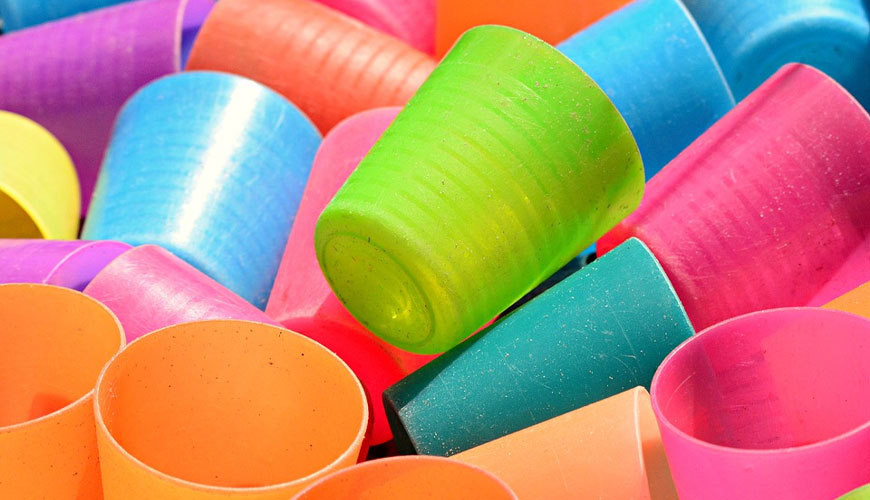

Eurolab provides accreditation and compliance services within the scope of ISO EN 846 test standard. This standard specifies methods for determining the degradation of plastics by the action of fungi and bacteria and soil microorganisms. The aim is not to determine the biodegradability of plastics or the degradation of natural fiber composites.

Under certain climatic and environmental conditions, microorganisms can settle and colonize the surface of plastic products. Their presence and metabolic products not only damage the plastic itself, but can also affect the serviceability of building materials and systems containing plastic parts.
For certain applications and long-term testing, procedures are agreed that reflect performance under real conditions. The effects of microorganisms on plastics are affected by two different processes:
Direct Effect: Degradation of plastics that act as a nutrient for the growth of microorganisms.
Indirect Effect: effect of metabolic products of microorganisms, eg. discoloration or further deterioration
The type and extent of deterioration is determined by visual inspection, changes in mass, and changes in other physical properties.
The tests are applicable to all plastics that have a flat surface and can therefore be easily cleaned. Exceptions are porous materials such as plastic foams.
This document uses the same test corks as IEC 60068-2-10. The IEC method, using so-called "consolidated samples", requires inoculating the samples with a spore suspension, incubating the inoculated samples, and assessing fungal growth as well as any physical attack on the samples. The test volume and the test strains used depend on the intended application for the plastic.
The test involves exposing plastic test specimens to the selected fungal and bacterial test action for specified or agreed periods of time under certain temperature and humidity conditions.
At the end of exposure, test specimens are evaluated by visual inspection before and after cleaning and any changes in mass or other physical properties are determined.
Results from samples exposed to microorganisms are compared with results from reference samples kept or sterile samples kept under the same conditions.
In the case of testing for fungistatic properties, a visual assessment is made between test samples without biasides and samples containing biocides to qualitatively demonstrate the effect of a biocide.
To get an appointment, to get more detailed information or to request an evaluation, you can ask us to fill in our form and reach you.